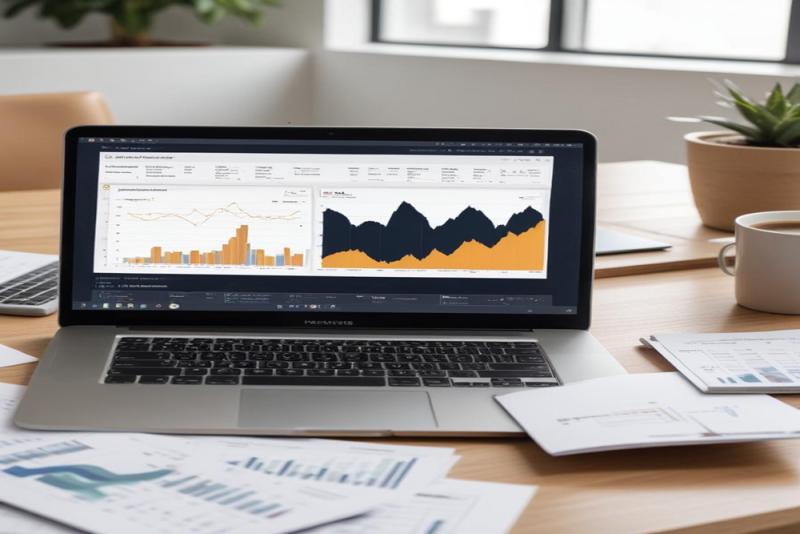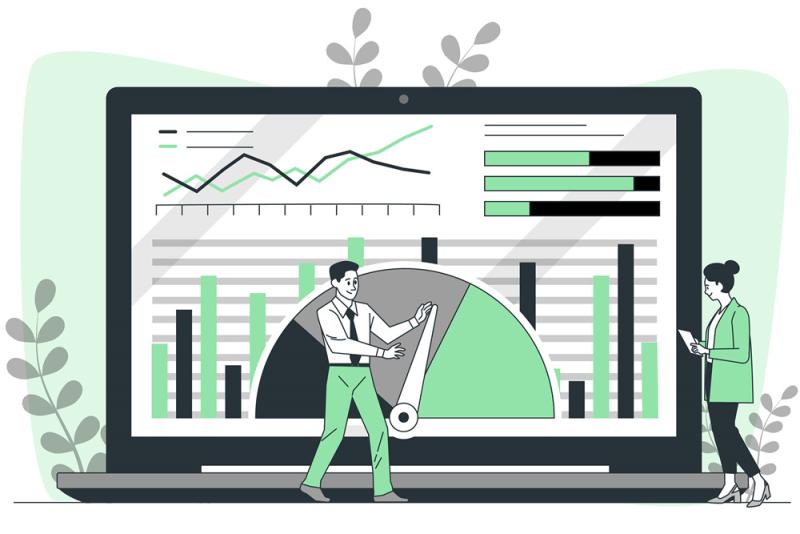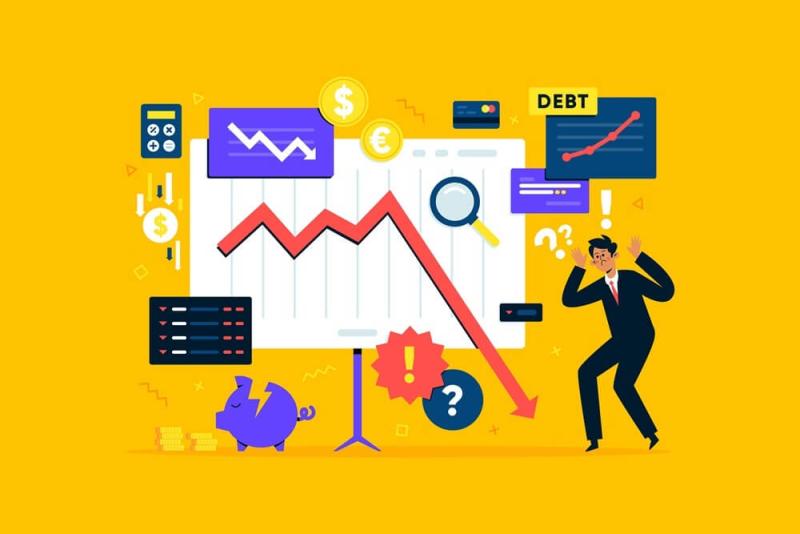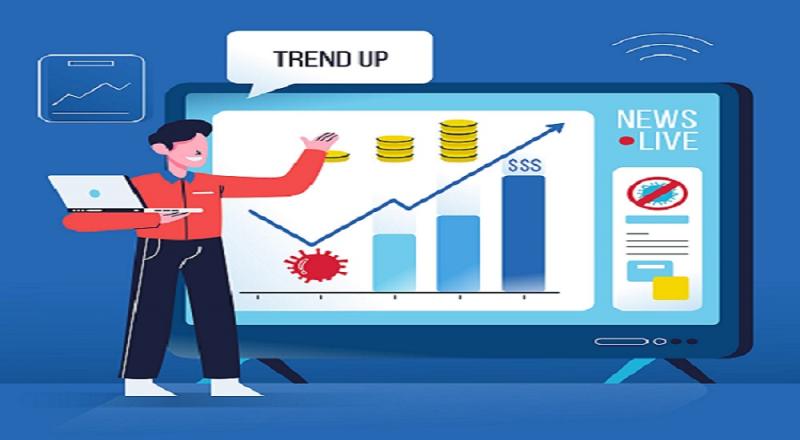The Role of Demand and Supply Analysis in Business Strategy

Introduction
Imagine walking into a dark room without a flashlight. That’s what running a business without understanding demand and supply analysis feels like. This essential tool isn’t just a theoretical concept; it’s the backbone of every successful business strategy. Whether you’re deciding on pricing, forecasting sales, or optimizing inventory, understanding how demand meets supply is your ultimate guide. Ignore it, and you risk fumbling in the dark—resulting in missed opportunities or costly mistakes. Let’s explore why demand and supply analysis is the secret sauce for a winning business strategy.
Understanding Demand and Supply Analysis
So, what exactly is demand and supply analysis? At its core, it’s the study of how much of a product or service people want (demand) and how much the market can provide (supply). The magic lies in finding the equilibrium, that perfect point where supply meets demand. This balance determines market prices, availability, and profitability.
Think of it as a balancing act on a seesaw: if demand exceeds supply, prices rise. When supply exceeds demand, prices drop. Understanding these dynamics allows businesses to make informed decisions.
Take, for example, seasonal retail trends. During the holiday season, demand for toys skyrockets. Retailers prepare months in advance, stocking up on popular items and adjusting prices based on predicted demand. A business that doesn’t analyze these trends risks losing customers—or worse, holding onto unsold stock.
The principles of demand and supply extend beyond products. They apply to services, labor markets, and even digital platforms. Netflix, for instance, tailors its offerings by analyzing demand for specific genres, ensuring its library meets viewer preferences.
Why Demand and Supply Analysis Matters for Business Strategy
Why is demand and supply analysis a game-changer for businesses? Because it provides the crystal ball every entrepreneur dreams of. Let’s break down its importance:
1. Predicting Market Trends
Markets are dynamic. Consumer preferences, economic shifts, and technological advances constantly reshape demand and supply patterns. Businesses that monitor these changes can anticipate trends rather than react to them. For example, the rise of electric vehicles (EVs) saw companies like Tesla gain a first-mover advantage, while competitors scrambled to catch up.
2. Identifying Opportunities and Risks
Spotting untapped opportunities is easier with a clear picture of market demand. Similarly, analyzing supply constraints can help businesses mitigate risks. Consider a company entering a competitive market. A detailed demand and supply analysis reveals gaps in the market, enabling the company to carve out a niche.
3. Enhancing Decision-Making
Data-driven decisions are no longer optional—they’re a necessity. Businesses that leverage demand and supply analysis can make informed choices about pricing, production, and resource allocation. Instead of relying on gut feelings, they base decisions on real-world data.
4. Improving Efficiency
Understanding demand and supply dynamics streamlines operations. From avoiding overproduction to optimizing distribution, businesses can minimize waste and maximize profitability.
Applications of Demand and Supply Analysis in Business Strategy
The versatility of demand and supply analysis is remarkable. It touches every aspect of a business, from pricing to market expansion. Here are some of its most impactful applications:
1. Pricing Strategies
Pricing is an art and a science. Too high, and you alienate customers. Too low, and you erode profits. Demand and supply analysis helps businesses find the sweet spot. For instance, during peak travel seasons, airlines increase ticket prices to match heightened demand. Conversely, off-peak discounts entice travelers, ensuring consistent revenue.
2. Inventory Management
Stock management can make or break a business. Overstocking ties up capital, while understocking leads to lost sales. By analyzing historical demand and predicting future trends, businesses can maintain optimal inventory levels. Think of Amazon during Black Friday sales—their ability to forecast demand ensures products are available without overloading warehouses.
3. Market Entry Decisions
Entering a new market is risky, but demand and supply analysis reduces uncertainty. By studying local demand and supply conditions, businesses can assess whether a market is viable. For example, a coffee chain evaluating a new city would examine local preferences, existing competition, and supply chain feasibility.
4. Resource Allocation
Resources are finite, but demand can feel infinite. This analysis helps businesses prioritize investments. Should you ramp up the production of a best-seller or allocate funds to marketing a new product? Demand and supply analysis provides the answer.
5. Workforce Planning
Even labor markets follow demand and supply principles. During busy seasons, businesses like hotels and restaurants hire more staff to meet increased demand. Conversely, they scale back during off-peak periods.
Challenges and Solutions in Demand and Supply Analysis
While demand and supply analysis is powerful, it’s not without challenges. Here’s how businesses can overcome them:
1. Navigating Uncertainty
Economic downturns, global crises, and technological disruptions can make predictions tricky. The solution? Scenario planning. By preparing for multiple outcomes, businesses can remain agile and adapt to sudden changes.
2. Integrating Technology
Manually analyzing demand and supply data is a thing of the past. Advanced tools like AI and predictive analytics offer precise insights, enabling businesses to interpret complex trends and make faster decisions. Platforms like Tableau or Power BI visualize data, making it accessible to decision-makers.
3. Overcoming Organizational Resistance
Adopting a data-driven approach can face pushback from traditionalists. Educating teams on the benefits of demand and supply analysis fosters buy-in and smooth implementation.
4. Handling External Factors
Uncontrollable factors like natural disasters or geopolitical tensions can disrupt supply chains. Businesses can mitigate these risks by diversifying suppliers and building resilient logistics networks.
Conclusion
In today’s fast-paced and competitive business world, ignoring demand and supply analysis is like trying to navigate uncharted waters without a compass. This analytical powerhouse helps businesses predict trends, optimize strategies, and stay ahead of the curve. Whether it’s pricing, inventory, or market entry, the applications of this tool are transformative. To truly thrive and make smarter decisions, you need more than just data—you need actionable insights.









Comments